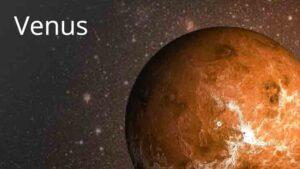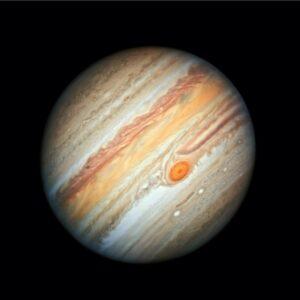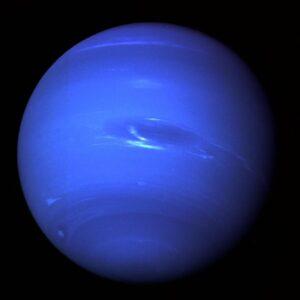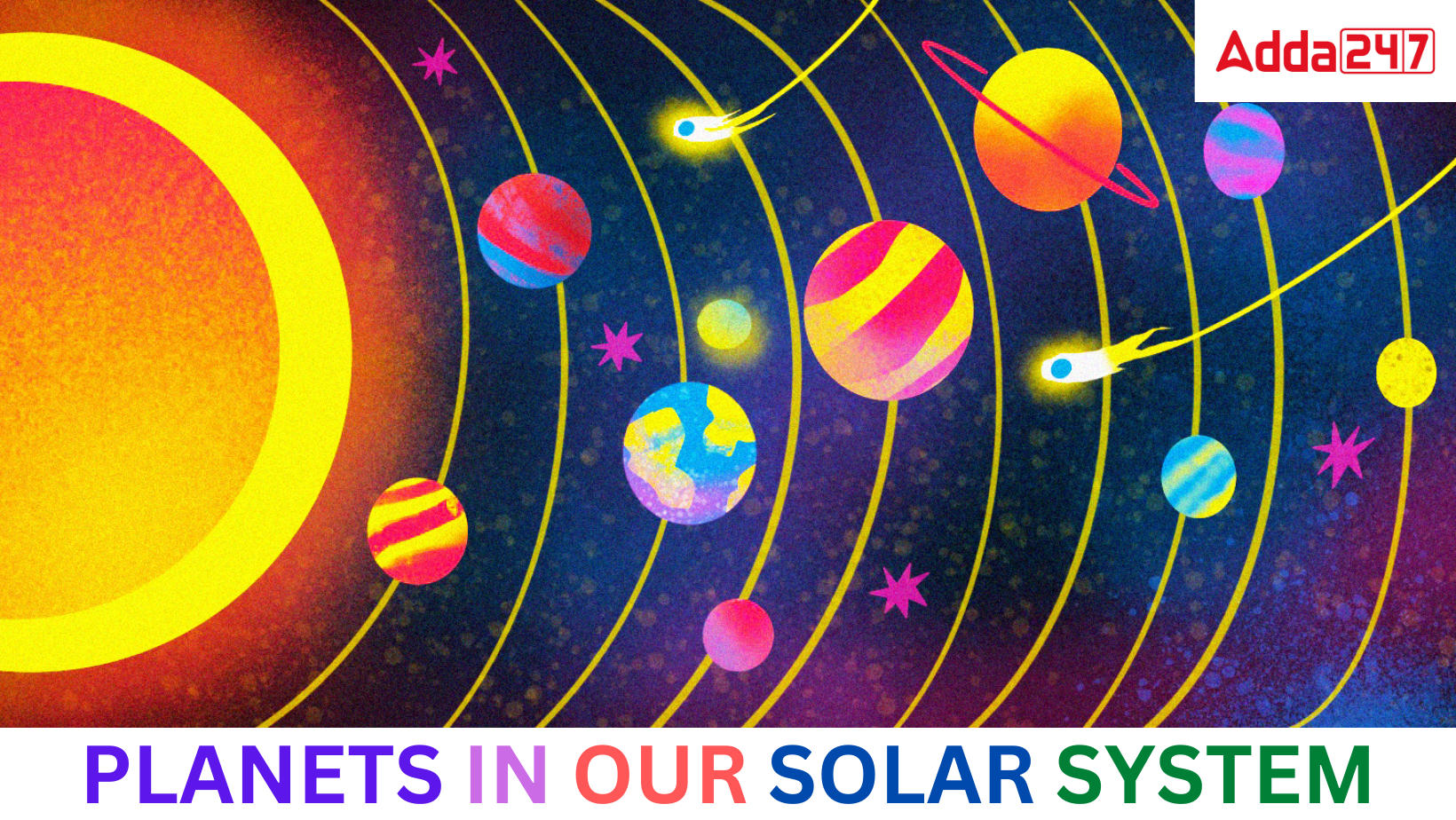Table of Contents
Planet
Planets are celestial bodies that orbit the sun in a fixed orbit; they do not emit light of their own, but rather reflect sunlight; planets also do not twinkle like other stars because they are too close to Earth to do so; as of yet, the earth is the only planet known to support life and to be in a favourable environment.
Planets Name
Planets name in the solar system. The word “planet” is derived from “planets,” which means wanderer. The eight planets’ names are Mercury, Venus, Earth, Mars, Jupiter, Saturn, Uranus, and Neptune. Mercury is closest to the Sun. Neptune is the farthest. Planet names were given to them because planets appear to wander in the night sky from east to west, while stars also move from east to west but seem to remain fixed in relation to one another, while the planets appear to move forward and backward in relation to them.
Check: 7 Rainbow Colours Name in Order, Drawing, Vibgyor Meaning
8 Planets Name in English and Hindi with Pictures
8 Planets name in English and Hindi with pictures included in the following table.
| S.no | Planet picture | English | Hindi |
| 1. |  |
Mercury | बुध |
| 2. |  |
Venus | शुक्र |
| 3. |  |
Earth | पृथ्वी |
| 4. |  |
Mars | मंगल |
| 5. |  |
Jupiter | बृहस्पति |
| 6. |  |
Saturn | शनि |
| 7. |  |
Uranus | अरुण |
| 8. |  |
Neptune | वरुण |
8 Planets Names in order
Eight planets in our solar system revolve around the sun. Mercury, Venus, Earth, Mars, Jupiter, Saturn, Uranus, and Neptune are in order of proximity to the sun. Pluto, which was once thought to be the outermost planet, is now categorised as a dwarf planet. Pluto is not the only dwarf planet that has been found farther from the Sun. Dwarf planets can also be asteroids.
- Mercury
- Venus
- Earth
- Mars
- Jupiter
- Saturn
- Uranus
- Neptune
Read: 7 Continents and 5 Ocean Name List in Order of the World
9 Planets Names in our Solar system
There are eight planets in it, arranged in the following order: Mercury, Venus, Earth, Mars, Jupiter, Saturn, Uranus, and Neptune. In August 2006, Pluto was removed from the list by the International Astronomical Union (IAU). Today, it is acknowledged as a dwarf planet.
Check: Solar System Drawing, Diagram, Model for Kids School Project
Mercury
It is the smallest planet in the solar system, the closest to the sun, and it completes one revolution in the shortest amount of time—88 days, to be precise—88.97 days.
Its size is marginally greater than that of the earth’s moon. It has a small number of moons and unfavourable climate since it is too close to the Sun for any type of life. At night, its surface temperature is 100 K, while during the day, it reaches 700 K. (this high diurnal range of temperature is there because the planet has no atmosphere to retain and this is the highest among all planets).
Venus
It is the second brightest object visible from Earth and rotates on its axis in 243 Earth days, taking 224.7 Earth days to complete one revolution (it takes the maximum time period among all planets to complete one rotation). With the exception of Uranus, it rotates counterclockwise to all other planets (from West to East).
A further observation is that a day on Venus corresponds to a year on Earth. Due to its resemblance to Earth in terms of size, shape, mass, proximity to the sun, and dense composition, it is also referred to as Earth’s twin sister. Its 96% carbon content in the atmosphere makes it unsuitable for human settlement. The average surface temperature is exceptionally high (735K), making it the warmest planet.
Earth
It is the only planet known to support life and is located third from the Sun. The age of the Earth is approximately 4.5 billion years. One cycle around the Sun takes 365.264 days to complete, and one rotation around its axis takes 24 hours (and after every four complete revolutions 4 years it takes a day longer 366 days to complete a revolution). Its crust is fragmented into various tectonic plates and is 71% submerged by water (lithosphere). The liquid outer core and solid inner core of the planet both continue to be active and produce the magnetic field of the planet.
Mars
It is the second-smallest planet in the solar system and is located four planets away from the sun. It is also known as the “red planet” because of its crimson colour (presence of iron oxide). Phobos and Deimos are two of its moons. It requires 687 Earth days and a full Martian year to travel there, and its gravity is 38% that of the Earth (16,500 hours).
Jupiter
It is the biggest planet of all and is located five planets away from the Sun. Additionally, it is among the brightest objects in the sky that can be seen with the unaided eye.
Jupiter is a massive gas ball that is one thousand times as massive as the Sun and has no clearly defined surface.
Saturn
It is the second-largest planet in the solar system and the sixth planet from the Sun. It is a massive gas planet with an average radius nine times that of the Earth. Nickel and iron make up the inner core. The magnetic field of Saturn, which is a little weaker than the magnetic field of the earth, is created by an electric current flowing through the hydrogen layer.
Uranus
It is the third-largest planet by radius and the fourth-largest planet by mass. It is the seventh planet from the Sun. It is also known as the “ice giant,” and while its main constituents are comparable to those of Jupiter and Saturn, it also contains additional ices, including traces of hydrocarbons as well as methane, water, and ammonia. With the exception of Venus, it rotates in the opposite direction from all the planets ( it rotates from west to east).
Neptune
The Solar System’s farthest planet known as Neptune has located eight planets from the Sun. It is the third-most massive, densest, and fourth-largest planet in the Solar System in terms of diameter. It is 17 times as massive as Earth and somewhat heavier than its close neighbour Uranus.
Pluto (Removed from The list)
Pluto was the Ninth Plant of our solar system. but now it is not part of our solar system. So, contrary to the popular belief, there is only 8 planets now in the solar system instead of the 9 planes as many assume.
8 Planets Name in Tamil
Tamil is one of the oldest language as is a mother tongue of the Indians inhabiting the southern Indian state of Tamil Nadu. Students studying in the Tamil Nadu Education Board are required to learn the names of all the planets of the solar system in the Tamil language. To help students, we have listed below the name of all 8 planets of the solar system in the Tamil language.
| Planets Names in Tamil | Planets Names in English |
| புதன் | Mercury |
| வெள்ளி/சுக்கிரன் | Venus |
| பூமி | Earth |
| செவ்வாய் | Mars |
| வியாழன் | Jupiter |
| சனி | Saturn |
| யுரேனஸ் | Uranus |
| நெப்டியூன் | Neptune |
8 Planets Name in Bengali
Bengali is one of the most widely spoken language not only in the Indian subcontinent but around the entire world. Bengali is one of the main subjects for students studying in the West Bengal and Tripura Education Board of India. Students of these boards need to remember the planets name in the Bengali language. To help students in their learning process, below we have listed the 8 planets name in the Bengali language.
| Planets Name in English | Planets Name in Bengali |
| Mercury | বুধগ্রহ |
| Venus | শুক্রগ্রহ |
| Earth | পৃথিবী |
| Mars | মঙ্গলগ্রহ |
| Jupiter | বৃহস্পতিগ্রহ |
| Saturn | শনিগ্রহ |
| Uranus | ইউরেনাসI |
| Neptune | নেপচুন |
All Planets Name in Hindi- Grah Name in English
The names of the planets in Hindi is given below.
- मंगल (Mangal) – Mars
- बुध (Budh) – Mercury
- शुक्र (Shukra) – Venus
- पृथ्वी (Prithvi) – Earth
- बृहस्पति (Brihaspati) – Jupiter
- शनि (Shani) – Saturn
- यम (Yam) – Uranus
- शनिप्रभा (Shaniprabha) – Neptune
- वरुण (Varun) – Pluto (although Pluto is now classified as a dwarf planet, its name in Hindi remains Varun)



 NEET Syllabus 2025 PDF Free Download, NT...
NEET Syllabus 2025 PDF Free Download, NT...
 NCERT Class 6 Maths Book, Download Free ...
NCERT Class 6 Maths Book, Download Free ...
 IIT Delhi Placements 2024 Out, Check Bra...
IIT Delhi Placements 2024 Out, Check Bra...






























